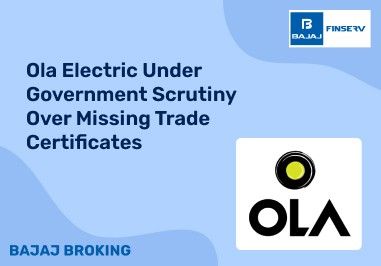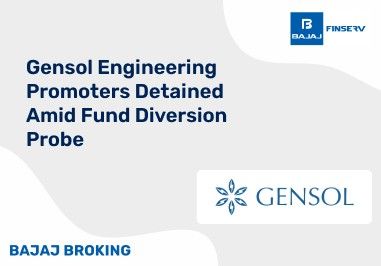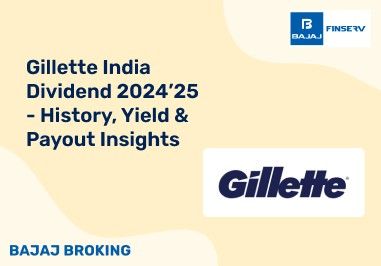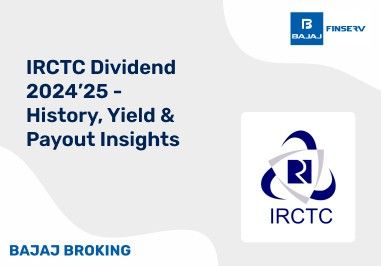BAJAJ BROKING
Ather Energy IPO is Open!
Open a Free Demat Account
Trade Now, Pay Later with up to 4x
Track Market Movers Instantly
VPF vs. EPF vs. FD: Which Investment is Suitable for You ?
When it comes to planning for a secure financial future, especially for retirement, selecting the right investment options is crucial. For salaried individuals in India, two popular choices are the Employees’ Provident Fund (EPF) and the Voluntary Provident Fund (VPF). On the other hand, Fixed Deposits (FDs) have long been a go-to investment for their safety and guaranteed returns. However, many people are unsure about the differences between VPF and EPF and whether VPF is a better investment compared to FDs. This article will help clear up those questions and guide you in making an informed decision.
Additional Read: EPF or PF Withdrawal Rules
The Basics
To figure out which one of the three VPF, EPF or FD is the best option for your financial goals, it is important to get to know their basics.
EPF or Employee Provident Fund:
The EPF is a mandatory savings scheme for salaried employees, managed by the Employees’ Provident Fund Organisation (EPFO). Each month, a fixed percentage (currently 12%) of an employee's salary is contributed to the EPF account by both the employee and the employer. This fund earns interest, compounded annually, and can be withdrawn at retirement or under specific circumstances.
VPF or Voluntary Provident Fund:
The VPF is an extension of the EPF, allowing employees to voluntarily contribute more than the mandatory 12% of their salary to their EPF account. The additional contributions also earn the same interest rate as the EPF and benefit from tax exemptions under Section 80C of the Income Tax Act. However, VPF contributions are entirely made by the employee, without any additional contribution from the employer.
Additional Read: How to Track PF Claim Status
FDs or Fixed Deposits:
Fixed Deposits or FDs are accounts offered by banks in which people can deposit money for a particular period. Only when the term gets completed do these deposits become payable. All residents, including minors, can open FDs if they meet the eligibility criteria of the bank they wish to apply to.
The Differences:
Now that you know the basics about what these three investment savings plans are about, here’s a look at how they are different from one another.
Criteria | FD | VPF | EPF |
Eligibility | Anyone can invest | Only salaried employees can invest | Only salaried individuals can invest |
Duration | 7 days to 10 years | Till retirement or resignation | Till retirement or resignation |
Interest Rates PA | 8.5% - 9% bank FDs 12%-13% company FDs | 8.75% | 8.75% |
Tax Benefits | Available under Section 80C | Available under Section 80C | Available under Section 80C |
Investment amount | Flexible | 12% Basic + DA by both employee & employers | Voluntary |
Premature Withdrawals | Available | Available | Available |
Loans | Available | Available for certain needs | Available for certain needs |
Also Read : EPF Form 10C
Which is a Better Investment?
So now that we have gone through the basics and the differences between VPF, EPF and FD, trying to figure out which one to invest in might just get easier. However, just in case you are still confused, we got you covered.
Here are a couple of things you need to keep in mind before you invest:
- Always invest keeping in mind your future goals and your current income
- In this regard, both FDs as well as PFs help an investor save up better for the future.
- For salaried individuals, apart from investing in EPFs or VPFs, FDs can also be an option
- For non-salaried individuals, however, FD is the best option available since they cannot invest in PFs.
- FDs are more convenient and flexible when it comes to the customizable investment amount and they also offer higher rates of interest.
- Keeping both short-term and long-term needs in mind, FDs make for an attractive option to invest in.
Also Read : Form 19 in EPFO
Conclusion
While FDs provide guaranteed returns and higher liquidity, the tax efficiency and potential growth of VPF make it an attractive choice for long-term savings, particularly for retirement planning.
It is crucial to know how and with which plan to grow your savings as only then can one have a stress-free retirement. So choose wisely the next time you decide to invest your hard-earned money in a scheme.
Disclaimer: Investments in the securities market are subject to market risk, read all related documents carefully before investing.
This content is for educational purposes only. Securities quoted are exemplary and not recommendatory.
For All Disclaimers Click Here https//bit.ly/3Tcsfuc
Share this article:
Read More Blogs
Disclaimer :
The information on this website is provided on "AS IS" basis. Bajaj Broking (BFSL) does not warrant the accuracy of the information given herein, either expressly or impliedly, for any particular purpose and expressly disclaims any warranties of merchantability or suitability for any particular purpose. While BFSL strives to ensure accuracy, it does not guarantee the completeness, reliability, or timeliness of the information. Users are advised to independently verify details and stay updated with any changes.
The information provided on this website is for general informational purposes only and is subject to change without prior notice. BFSL shall not be responsible for any consequences arising from reliance on the information provided herein and shall not be held responsible for all or any actions that may subsequently result in any loss, damage and or liability. Interest rates, fees, and charges etc., are revised from time to time, for the latest details please refer to our Pricing page.
Neither the information, nor any opinion contained in this website constitutes a solicitation or offer by BFSL or its affiliates to buy or sell any securities, futures, options or other financial instruments or provide any investment advice or service.
BFSL is acting as distributor for non-broking products/ services such as IPO, Mutual Fund, Insurance, PMS, and NPS. These are not Exchange Traded Products. For more details on risk factors, terms and conditions please read the sales brochure carefully before investing.
Investments in the securities market are subject to market risk, read all related documents carefully before investing. This content is for educational purposes only. Securities quoted are exemplary and not recommendatory.
For more disclaimer, check here : https://www.bajajbroking.in/disclaimer
Our Secure Trading Platforms
Level up your stock market experience: Download the Bajaj Broking App for effortless investing and trading













